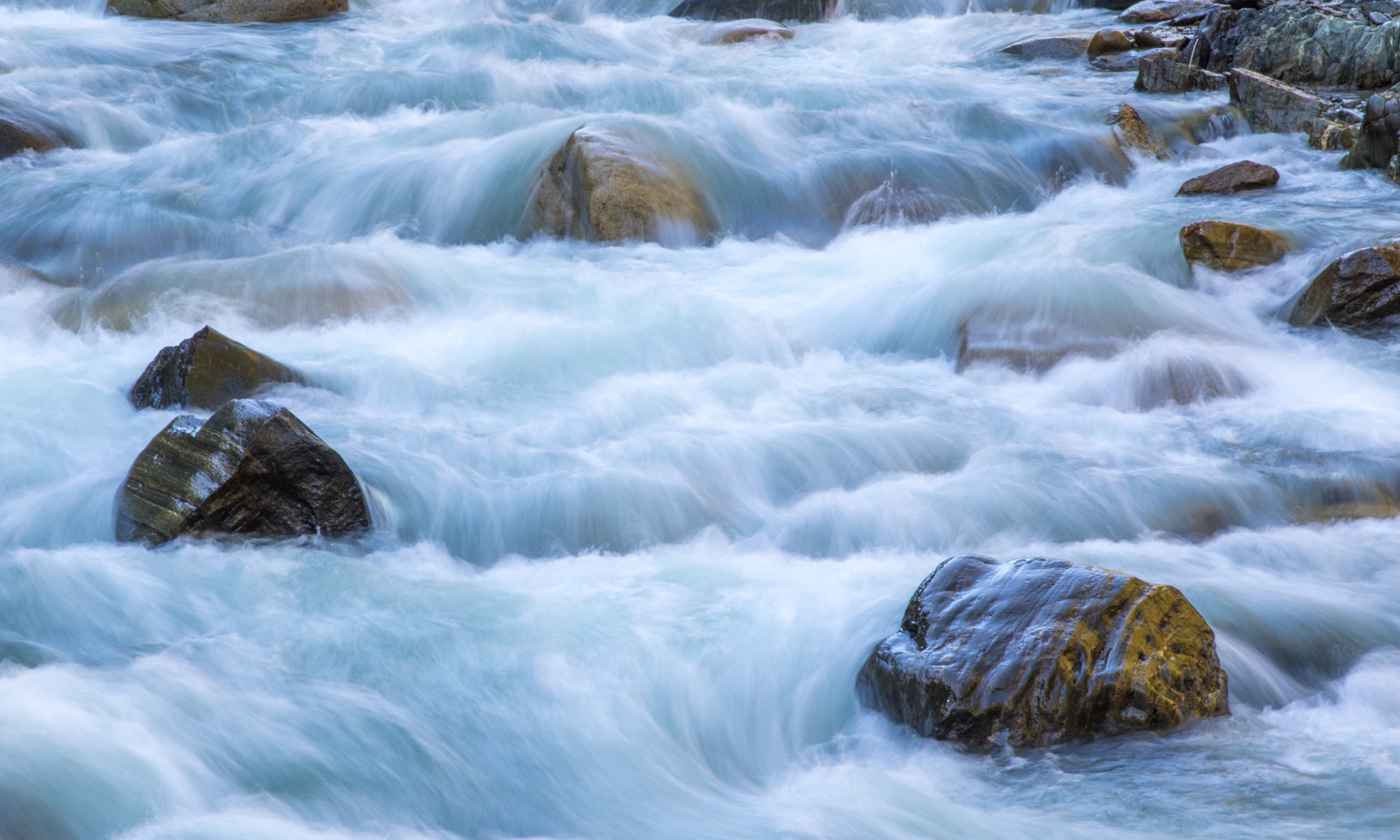Today’s Question: If I create a preset in Lightroom, or save one I like from the Discover page in Lightroom [or another source], how do I get that preset over to Lightroom Classic so I can use it there?
Tim’s Quick Answer: You can add Develop presets to Lightroom Classic by simply copying the preset file to the applicable folder where Develop presets are stored. If you want to do so with a preset created in the cloud-based version of Lightroom, you can initiate the process by exporting the preset from Lightroom.
More Detail: Presets created in the Develop module of Lightroom Classic, in the cloud-based version of Lightroom, or in Adobe Camera Raw, are all interchangeable, as long as you’re working with the equivalent version of each of these software applications.
In Lightroom Classic you can add Develop presets by copying the files to the folder where presets are stored. To determine this folder first go to the Preferences dialog, which can be found on the Edit menu for Windows users or the Lightroom Classic menu for Macintosh users. Then go to the Presets tab within the Preferences dialog and click the button that says “Show Lightroom Develop Presets”.
When you click that button a window will open in the operating system, with the primary presets folder (called “Settings”) selected. Double-click that folder to open it, and you’ll find a User Presets folder. The presets you have saved or downloaded will be XMP files, and you can simply move or copy them to the User Presets folder. The next time you start Lightroom Classic the presets you added to the User Presets folder will be listed in the Presets section of the left panel in the Develop module, within the User Presets group.
Note, by the way, that to export a preset from the cloud-based version of Lightroom you can simply right-click on the preset and choose the Export option from the popup menu.

